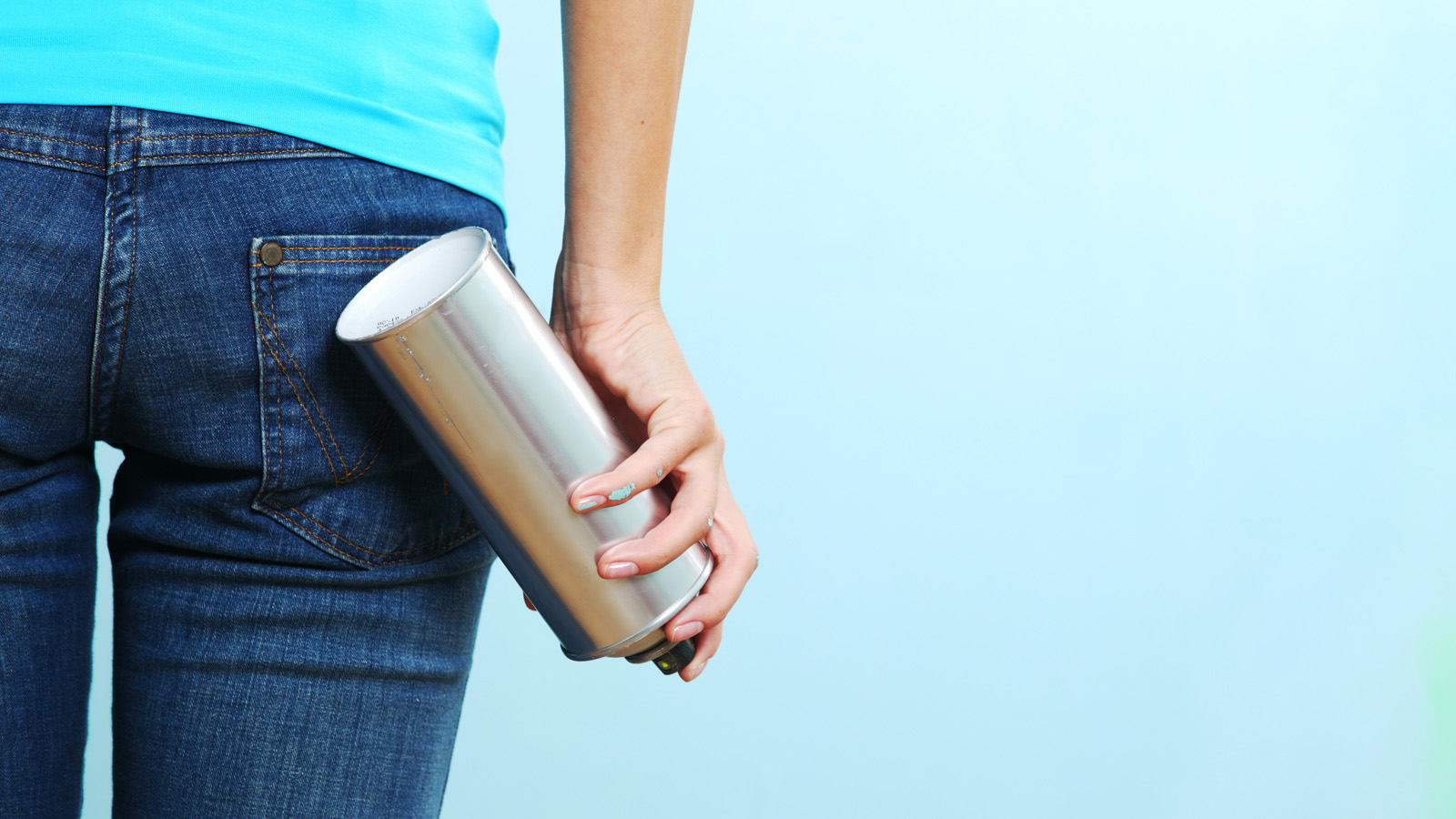Q. I’m hoping that you can settle an ongoing office debate. My colleagues and I recently staged an office cleaning day, and while we’re all on the same page with green cleaning supplies, we got stuck on canned air. Specifically, the environmental impacts of the compressed air cans that some of us use to clean our keyboards. Can you tell us if those innocuous-seeming cans are as clean as they seem? I promise that we’re recycling the empties.
Airily,
Katie
Seattle, Wash.
A. Dearest Katie,
I hope you didn’t bet on the cans.
I’m thrilled to hear you’re using green cleaning supplies to keep the office sparkly, but those canisters of compressed “air” have no place in your scrubbing arsenal. In fact, they have two of my least favorite characteristics: hazardous – to the planet and our health – and completely unnecessary.
Of course, your office’s Team Compressed Air is not the first to be seduced by this cleaning aid. Despite its innocent-sounding name, compressed air (a.k.a. an air duster or gas duster) is actually more like chemical soup in a canister. Think of it this way: If it were just air, would we be worried about teenagers inhaling it?
Most often, the chemicals hiding in the can are hydrofluorocarbons, or HFCs. These took over the compressed-air business after their predecessors, chloroflurocarbons (CFCs), were banned on account of their voracious appetite for depleting the ozone layer. HFCs don’t eat away at the ozone, but they are potent, long-lasting greenhouse gases: The two main varieties, HFC-134a and HFC-152a, pack 1,300 and 140 times the climate-changing potential of carbon dioxide, respectively. Producing HFC-134a also involves the use of other toxic substances, and sniffing or huffing any HFCs can stop your heart.
And if your cans aren’t stuffed with HFCs, Katie, then you’re probably dealing with ethylene glycol (a poison found in antifreeze and detergents) or 2-butoxyethanol (a flammable, harmful chemical used in herbicides and paint thinners). Nasty business, all of it, even if you are recycling the empties.
The silver lining to this gaseous cloud is that you don’t actually need compressed air to spruce up your office keyboards. Sometimes, all that’s required to remove crumbs and dust is to flip them over and give them a few gentle taps over the trash can. Or do as the EPA does and blow into the crevices between the keys (now there’s some compressed air for you). You might also try a USB-powered keyboard vacuum, though I’ve heard mixed reviews about their performance.
If a slightly deeper cleaning is in order, Katie, I’d recommend wiping your turned-off board with a reusable microfiber cloth (you can add a little bit of castile soap and water or rubbing alcohol for extra oomph), or sweeping the nooks and crannies with a tiny brush (whether it’s built for the task or just a repurposed makeup brush).
And if you have leftover air cans? Get thee to your local hazardous household waste drop-off center and unburden yourself before your next cleaning day rolls around. In the meantime, you can also try to avoid snacking at your computer – though I certainly don’t always take my own advice when there are oatmeal raisin cookies around.
Forcefully,
Umbra



